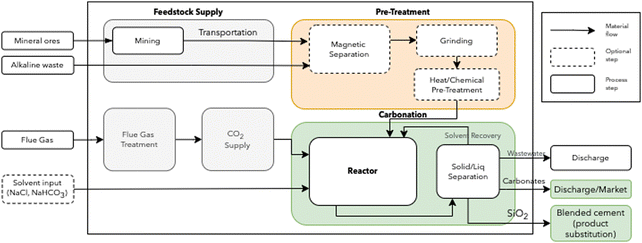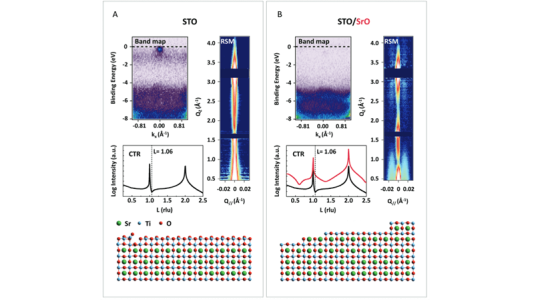2023-08-09 スイス連邦工科大学ローザンヌ校(EPFL)
◆このアプローチによりCO2を安全に長期間貯蔵できる鉱化反応を生産プロセスに組み込むことで、排出を減少させ、建材としても利用可能です。これによりコストも削減し、環境への影響を軽減。ネットゼロの達成には再生可能エネルギーだけでなく、プロセス統合が重要であり、これによってCO2捕捉費用も削減できます。この研究はセメント、鉄鋼、廃棄物焼却分野の将来に緑の道を開く一歩であるとされています。
<関連情報>
- https://actu.epfl.ch/news/capturing-carbon-where-it-is-produced-2/
- https://pubs.rsc.org/en/content/articlelanding/2023/EE/D3EE01803B
産業部門におけるネットマイナス排出の達成における炭素回収と無機化のシステム統合の役割について On the role of system integration of carbon capture and mineralization in achieving net-negative emissions in industrial sectors
Rafael Castro-Amoedo, Julia Granacher, Mouhannad Abou Daher and François Maréchal
Energy and Environmental Science Published;04 Jul 2023
DOI:https://doi.org/10.1039/D3EE01803B

Abstract
Carbon capture and storage (CCS) is commonly acknowledged as a valuable technology for reducing industrial emissions. However, limited installation capacity raises questions about its ability to scale up effectively and promptly. This issue can, in part, be attributed to expensive and energy-intensive processes, as well as the poorly-understood role of heat- and material integration. Here, we show that net-zero and net-negative industrial sectors are possible by integrating capture and mineralization in cement production, steel manufacture, and waste incineration. These sectors feature large amounts of waste heat, alkaline solid residues, and process emissions. We estimate that the three sectors combined could reduce European emissions by 27% (c.a. 860 Mton), with marginal abatement costs between 62 and 85 EUR per ton of CO2. These values compare favorably with deploying capture and storage separately, with economic benefits of up to 50%. Moreover, CCS needs to be considered within an industrial cluster to justify its economic and environmental deployment, with system integration being crucial when taking investment decisions.



